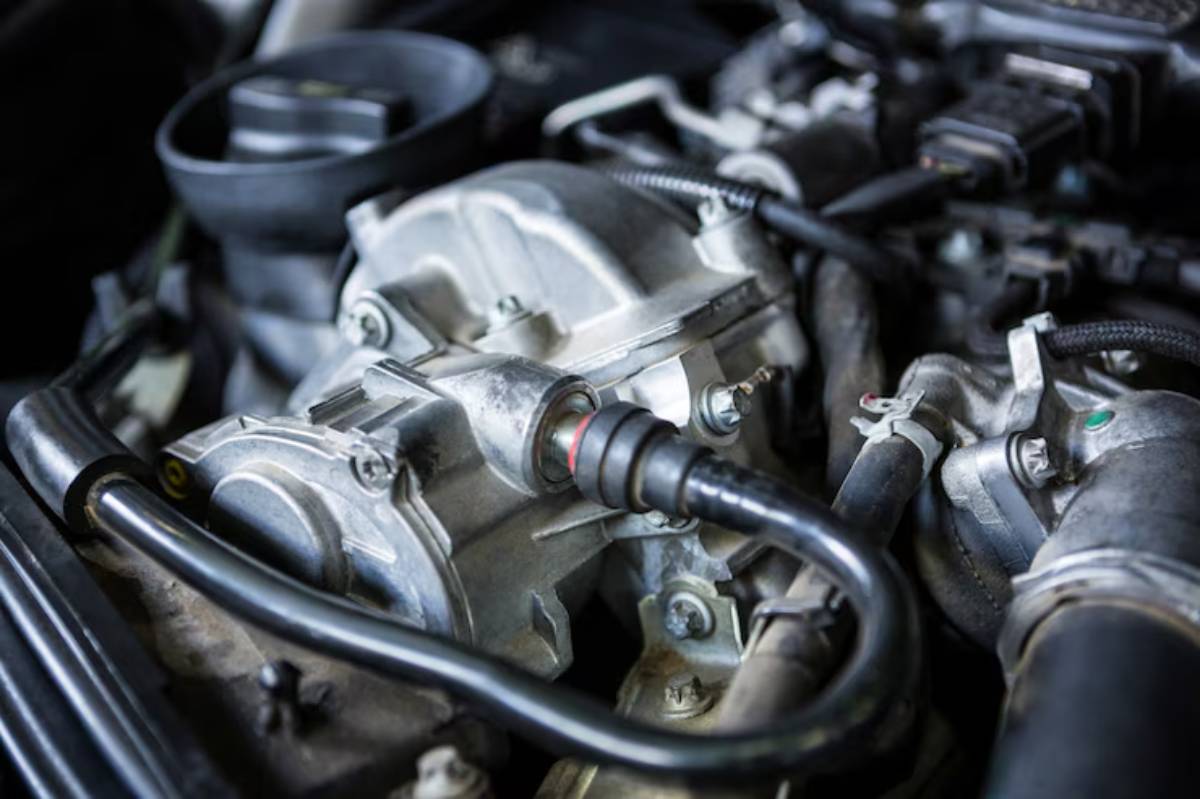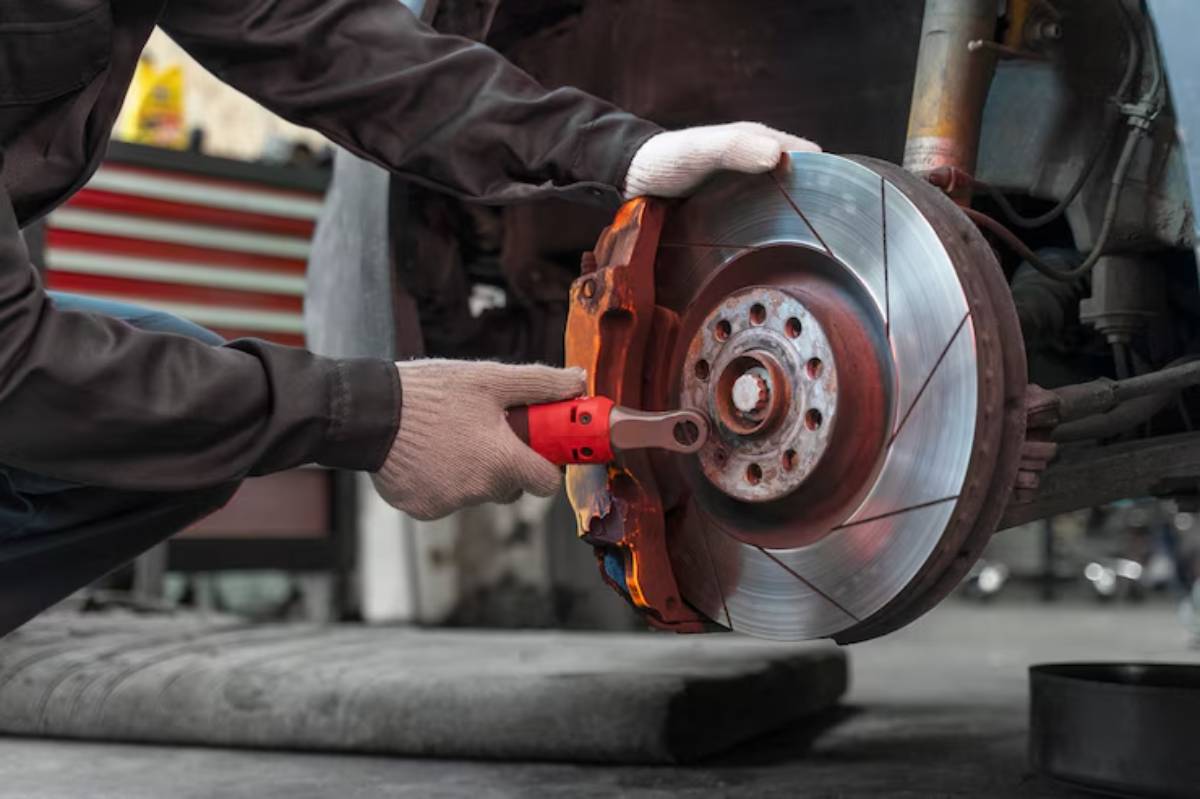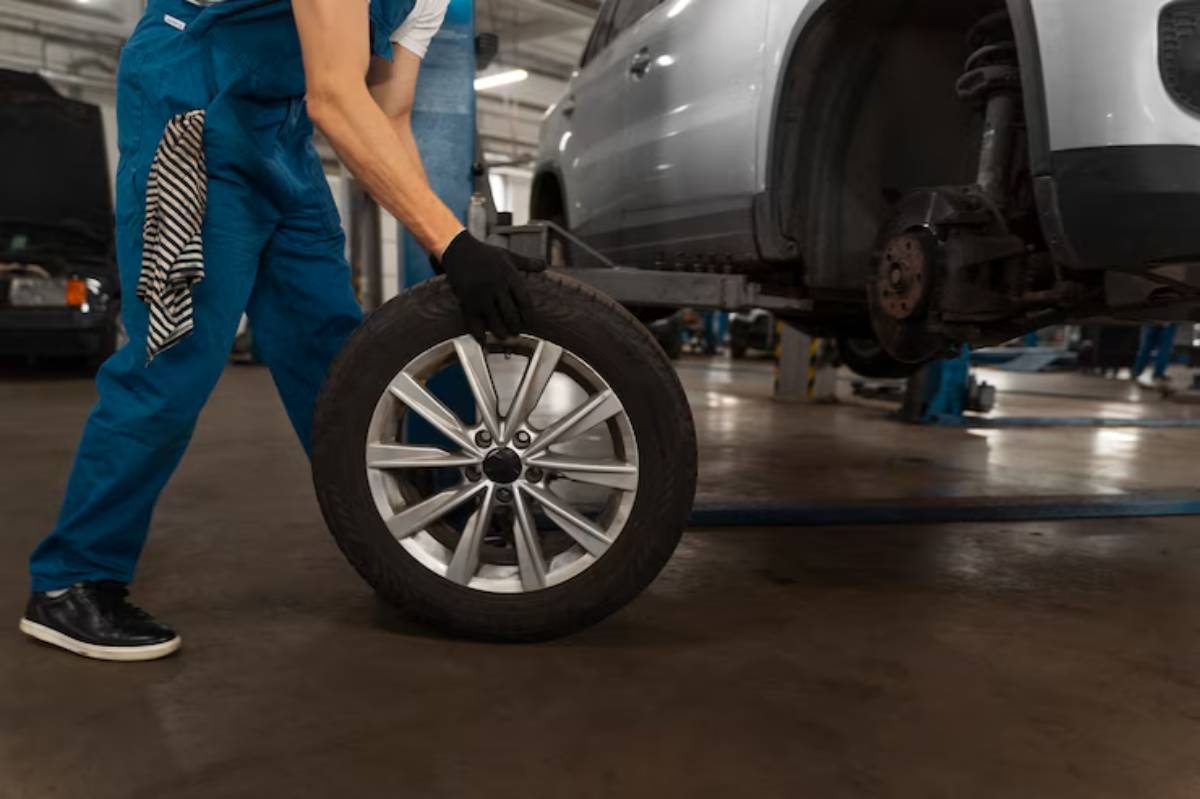
Hybrid-Specific Tips for Seasonal Tyre Changes
If you drive a hybrid, you’re already tuned in to efficiency, eco-conscious choices, and clever automotive engineering. But there’s one key area that can quietly undermine all that smart design — your tyres. And when the seasons shift, your tyres need more than just a glance.
Seasonal tyre changes are about far more than switching to snow-friendly treads. For hybrids, this routine task takes on added importance because tyre type, condition, and performance can directly affect energy efficiency, regenerative braking, and overall safety.
This guide will walk you through:
- Why hybrid vehicles need specific tyre considerations in winter and seasonal shifts
- When to make the switch
- How to choose the best winter tyres for hybrids
- Maintenance habits to protect tyre health year-round
Whether you’re gearing up for frosty roads or warming up to spring driving, these hybrid-specific tyre care tips will help you stay efficient, safe, and ready for whatever the weather throws your way.
Why Hybrids Need Special Attention When Seasons Change
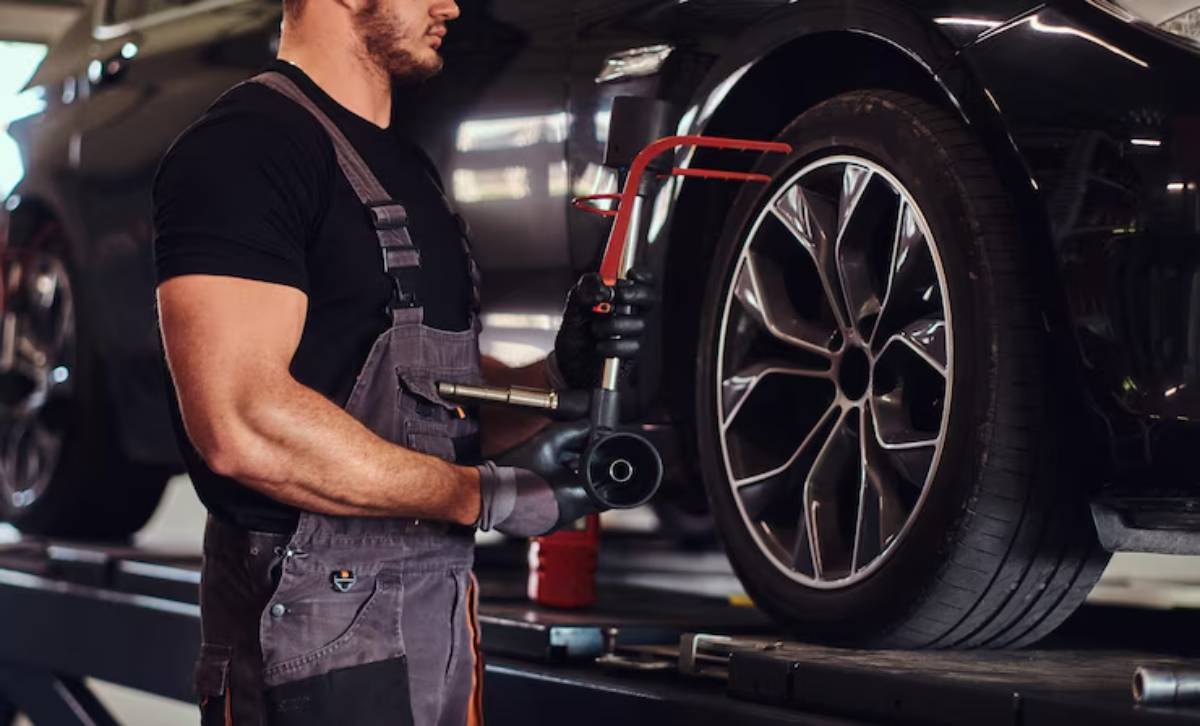
1. Regenerative Braking and Tyre Grip
Hybrid cars often rely on regenerative braking, especially through the front wheels. This braking method captures energy that would otherwise be lost, but it depends heavily on consistent traction. In winter, when roads are slippery, standard all-season tyres may not provide the grip needed, compromising both safety and energy recovery.
2. Weight Distribution and Tyre Pressure
Hybrids carry heavy battery packs, typically in the rear or centre of the vehicle. This extra weight can influence how tyres wear, especially during colder months when tyre pressure drops. Driving with underinflated or mismatched tyres on snow or ice? That’s a risk you don’t want to take.
3. Low Rolling Resistance Tyres Lose Edge in Cold
Most hybrids come fitted with low rolling resistance tyres designed to boost fuel economy. While great in dry or mild weather, they’re not built for cold, slushy conditions. These tyres can become stiff in low temperatures, reducing grip and increasing stopping distance.
In short, your hybrid was engineered for efficiency. But it needs the right rubber to deliver that promise in changing seasons.
The Right Time to Switch Tyres: A Seasonal Guide
Timing your tyre change isn’t just about looking out the window. It’s about temperatures and understanding how rubber reacts to them.
When to Install Winter Tyres
- Switch when daily temperatures consistently fall below 7°C.
- Don’t wait for snowfall — cold, dry roads still demand winter rubber.
When to Switch Back to Summer or All-Season Tyres
- Once temperatures rise consistently above 7°C, it’s time to return to regular tyres.
- Keeping winter tyres on in warm weather leads to faster wear and reduced efficiency.
Rule of Thumb:
- October to March = winter tyre window in most of the UK.
- April onwards = revert to all-season or summer tyres.
Tracking the weather, not just the calendar, will keep you a step ahead.
Choosing the Best Winter Tyres for Hybrids
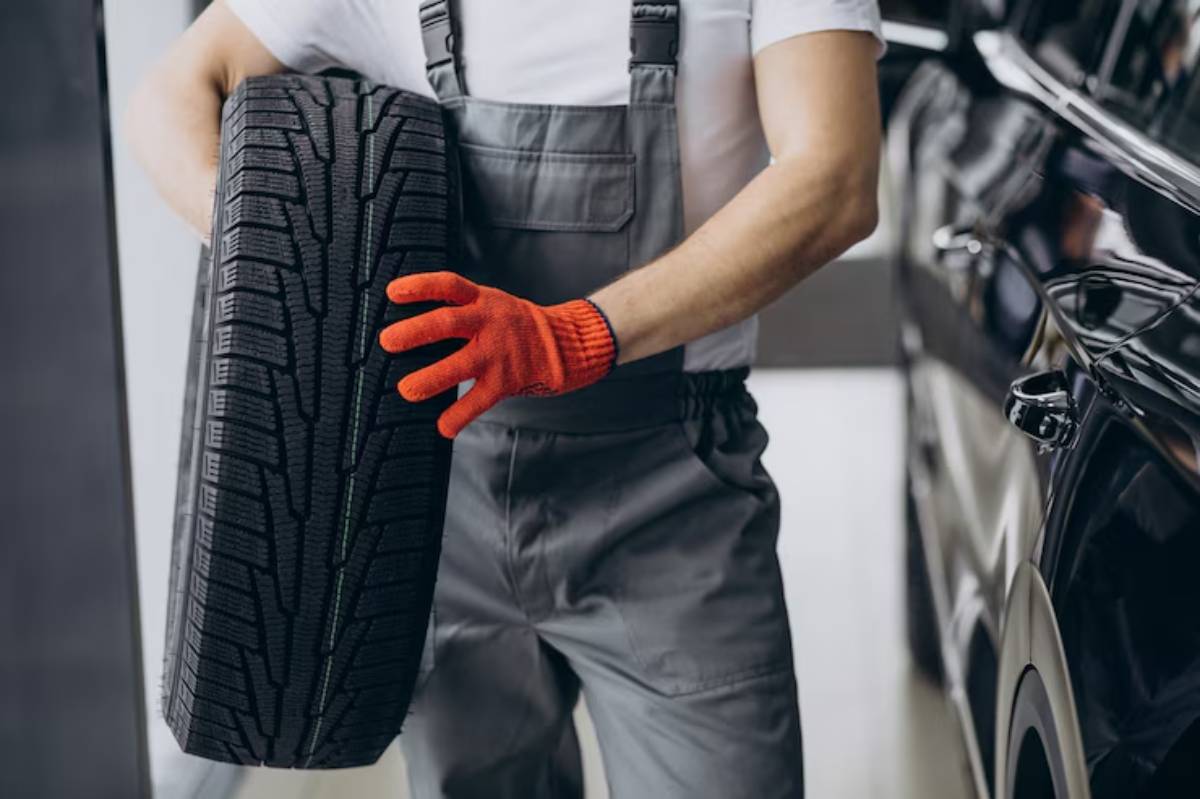
All winter tyres are not made equal. For hybrid vehicles, you need to strike a balance between efficiency, grip, and quiet performance.
What to Look For:
- Low Rolling Resistance Winter Tyres
- These help maintain fuel economy while delivering winter traction.
- Look for tyres marked with the Three Peak Mountain Snowflake (3PMSF) symbol for true winter certification.
- Narrower Tyre Profiles
- Narrower tyres tend to cut through snow better and are more efficient for hybrids.
- Always consult your vehicle’s handbook or a tyre specialist before downsizing.
- Quality Brands with Hybrid Focus
- Some winter tyres are engineered with EV and hybrid specs in mind — designed to support regenerative braking and reduce energy loss.
Recommended Options (2025 Models):
- Michelin X-Ice Snow – Known for excellent winter grip and low rolling resistance.
- Bridgestone Blizzak LM005 – Great for UK winters with consistent wet performance.
- Continental WinterContact TS 870 – Designed with energy efficiency in mind.
Be sure to also check your local regulations. In some European countries, winter tyres are mandatory during specific months.
Should You Use All-Season Tyres on a Hybrid?
All-season tyres can be a compromise — and for mild UK climates, they’re a reasonable one. But for hybrid vehicles, their performance depends on your driving style, region, and winter severity.
Pros:
- No seasonal switching required
- Adequate performance for light snow and frost
- Saves cost and storage space
Cons:
- Don’t match true winter tyres in ice or deep snow
- Reduced regenerative braking performance in harsh conditions
- Can wear faster in mixed weather on hybrids due to load distribution
If you rarely see snow and drive mostly in urban settings, all-season tyres may work well. But for frequent motorway driving or rural winters, a dedicated winter set is a smarter bet.
Storing Off-Season Tyres the Right Way
Rotating tyres seasonally means you’ll need to store the off-season set properly. This is key to ensuring they last for more than just a few years.
Top Storage Tips:
- Clean tyres thoroughly before storage — remove dirt and brake dust.
- Store in a cool, dry place away from direct sunlight or electric motors.
- Stack tyres vertically if on rims, or stand them upright if off rims.
- Use tyre totes or covers to protect from dust and UV exposure.
Improper storage can cause tyres to crack, deform, or dry out, especially those made with low-resistance compounds like those on hybrid cars.
Seasonal Tyre Maintenance: Keep Them in Peak Form
Once the tyres are on, don’t forget to maintain them regularly. Hybrids depend on tyre performance for everything from efficiency to braking and stability.
Key Winter Maintenance Tips:
- Check pressure monthly — cold weather drops PSI, reducing efficiency and increasing wear.
- Inspect tread depth — aim for a minimum of 3mm for winter driving.
- Balance and alignment — schedule after every seasonal change.
- Rotate tyres every 5,000–7,500 miles for even wear (see more in tire rotation frequency for hybrid cars).
Also, don’t ignore road noise. Some winter tyres can be louder, but extreme noise might mean underinflation or poor fitment.
Do You Need Different Rims for Winter Tyres?
You don’t have to, but dedicated winter wheels can make seasonal changes easier and cheaper in the long run.
Benefits of Separate Rims:
- Avoids repeated mounting/unmounting, which wears tyres
- Reduces service costs during swaps
- Let’s you use steel wheels for winter — cheaper and more resilient to salt and grime
If you switch tyres twice a year, having a second set of rims is worth considering. Just be sure to match the offset and bolt pattern to your hybrid’s spec.
Boosting Hybrid Performance with the Right Seasonal Set-Up
Think of tyre switching as part of a larger seasonal tune-up. It’s a great time to check:
- Brake pads and rotors — especially with regenerative systems
- Wheel alignment — winter potholes can knock geometry out
- Suspension components — cold weather can stress older bushings
By taking a holistic approach, you ensure your hybrid runs smoother, stops better, and sips less fuel no matter the weather.
For a full list of hybrid care tasks, bookmark our monthly hybrid maintenance checklist.
Conclusion: Seasonal Tyre Changes Are Worth Every Penny
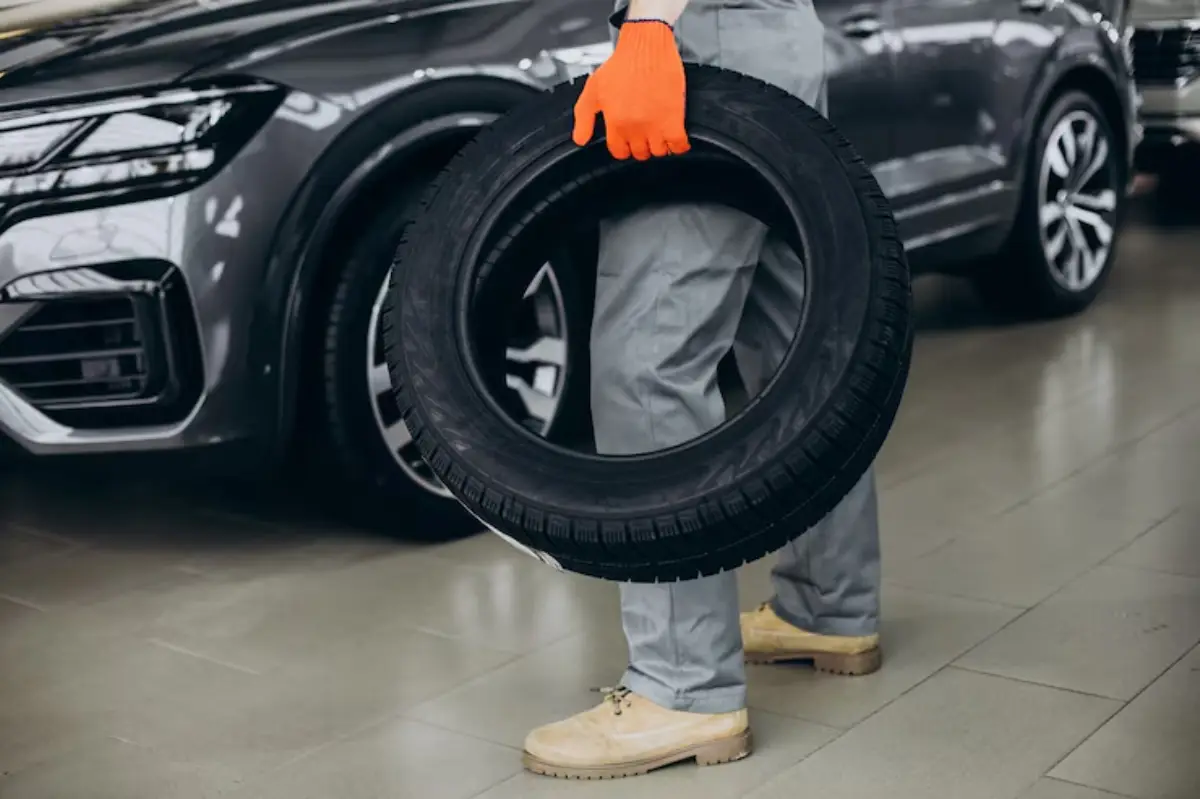
Changing your tyres with the seasons might feel like an extra chore, but for hybrid drivers, it’s a high-value habit that keeps your car performing at its best.
Here’s what you gain:
- Improved safety with better cold-weather grip
- Enhanced efficiency through lower rolling resistance tyres
- Extended tyre life by avoiding premature wear
- Preserved braking and steering control, essential for regenerative systems
It’s about peace of mind, better mileage, and getting the most out of your investment in cleaner driving.
Now’s the time — check your calendar, check your weather, and plan your seasonal tyre change. Your hybrid (and your future self) will thank you.
